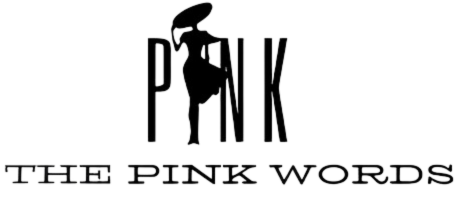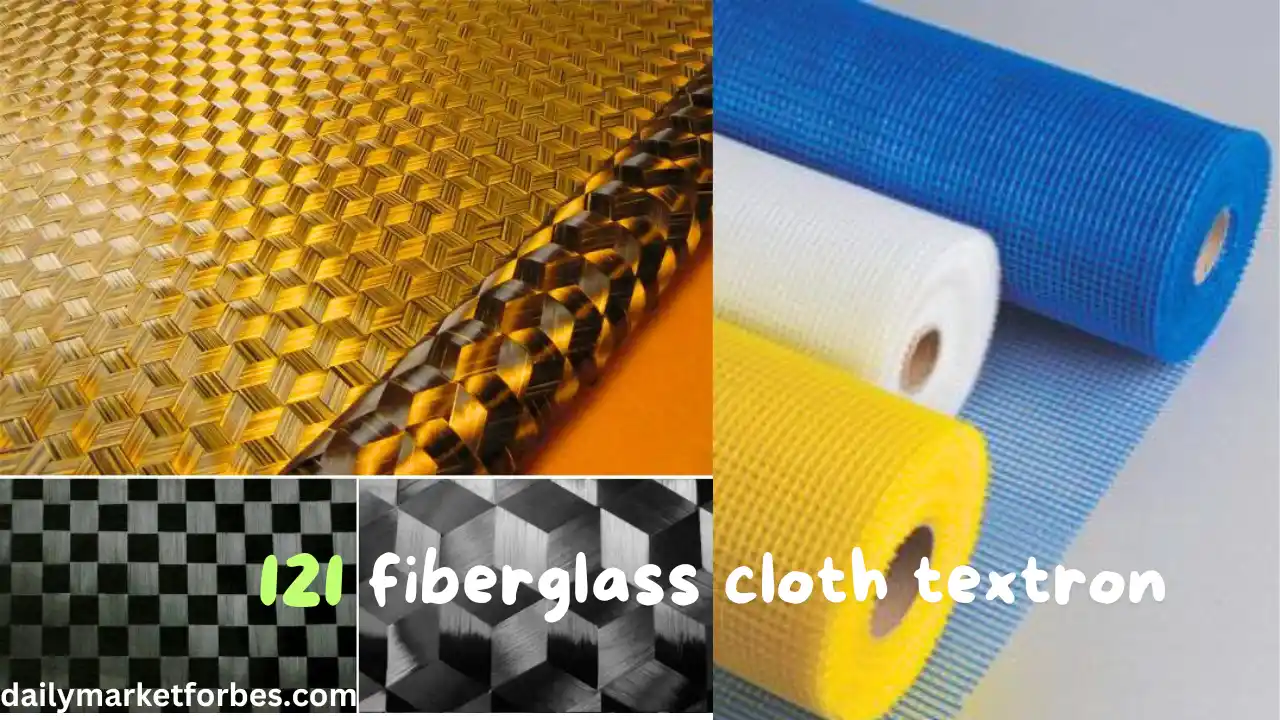IEver wonder what makes certain materials perfect for construction, repairs, or even high-tech applications? Let me introduce you to 121 fiberglass cloth by Textron! This unassuming material plays a huge role in industries ranging from aviation to marine repairs. But what exactly is 121 fiberglass cloth, and why is it in such high demand? Let’s dive into the unique features, benefits, and uses of Textron’s 121 fiberglass cloth, and by the end, you’ll understand why it’s a go-to choice for builders, DIY enthusiasts, and pros alike.
What is 121 Fiberglass Cloth by Textron?
121 fiberglass cloth is a specialized type of woven fabric made from extremely fine fibers of glass. Textron, a trusted name in advanced materials, has designed this cloth to be strong, lightweight, and incredibly versatile. This isn’t just your average fabric—it’s engineered to reinforce, insulate, and even protect materials across multiple industries.
Key Features of 121 Fiberglass Cloth
Here’s a quick look at what makes 121 fiberglass cloth stand out:
- Strength: Despite its lightweight nature, fiberglass cloth is exceptionally strong, providing a reliable layer of reinforcement.
- Lightweight: Compared to metals, fiberglass is feather-light, making it ideal for weight-sensitive applications.
- Resistant to Heat and Corrosion: This material can withstand high temperatures without breaking down, making it perfect for use in challenging environments.
- Flexibility: Easy to shape and mold, 121 fiberglass cloth is used in projects that require a precise fit or complex design.
Top Benefits of Using 121 Fiberglass Cloth by Textron
Textron’s 121 fiberglass cloth isn’t just popular for its features—it’s known for its advantages in real-world applications. Here’s why it’s such a popular choice:
1. Enhanced Durability
- Fiberglass cloth provides excellent strength to surfaces, helping extend the life of the material it’s applied to. In industries like aviation or automotive, where durability is key, fiberglass makes all the difference.
2. Cost-Effective
- Fiberglass cloth is far less expensive than metal alternatives while still offering top-notch strength. This makes it a budget-friendly option for businesses and DIYers looking to save on costs without compromising quality.
3. Insulation Properties
- Fiberglass naturally resists high temperatures, which makes it ideal for insulation. Many industries use it for thermal insulation to protect machinery or structures.
4. Easy to Apply and Maintain
- Working with Textron’s 121 fiberglass cloth is straightforward. It can be applied using simple adhesives or resins, and maintaining it requires minimal effort—making it a favorite for those who value efficiency.
Common Uses of 121 Fiberglass Cloth
You’ll find Textron’s 121 fiberglass cloth in action across a wide range of applications. Here’s where it truly shines:
- Boat and Marine Repairs: Due to its resistance to corrosion and moisture, 121 fiberglass cloth is ideal for patching up boats, kayaks, and other marine vehicles.
- Aviation Components: The lightweight, durable nature of fiberglass cloth makes it useful in constructing or repairing aircraft parts.
- Automotive Repairs: Many car enthusiasts use fiberglass cloth to reinforce body panels, build lightweight body kits, or make custom modifications.
- Home Repairs: Fiberglass cloth isn’t just for high-tech industries; it’s also handy for fixing items around the house, such as reinforcing window screens or patching up leaks in roof panels.
- Sports Equipment: Believe it or not, some high-end sports equipment like snowboards, surfboards, and even bicycle frames use fiberglass for its flexibility and strength.
How to Work with 121 Fiberglass Cloth
While using fiberglass might sound intimidating, working with 121 fiberglass cloth is actually pretty simple. Here’s a basic guide:
- Prepare Your Surface: Make sure the surface is clean, dry, and free of any debris. If necessary, sand down the surface to create a good bonding area.
- Cut the Cloth to Size: Measure and cut the cloth to fit the area you’re working on.
- Apply Resin or Adhesive: Use a compatible resin or adhesive to attach the cloth to the surface.
- Smooth Out the Cloth: Carefully press out any bubbles or wrinkles to ensure a smooth finish.
- Allow Time to Dry: Depending on the adhesive or resin you’re using, drying time can vary—usually a few hours.
- Trim and Sand (If Necessary): After drying, you might want to sand the edges or trim any excess material for a cleaner look.
Why Choose Textron’s 121 Fiberglass Cloth Over Others?
There are quite a few brands of fiberglass cloth on the market, so why Textron’s 121 cloth? Here’s what makes it stand out:
- Consistent Quality: Textron has a reputation for maintaining high standards, ensuring every batch of 121 fiberglass cloth is reliable and ready for use.
- Innovation: Textron continuously updates its materials and processes, making their products strong, lightweight, and effective in various applications.
- Value for Money: Textron offers top-tier quality at a reasonable price, which is why so many people from hobbyists to professionals trust their materials.
Conclusion
Textron’s 121 fiberglass cloth is a remarkable, versatile material that offers strength, durability, and ease of use. From marine repairs to aerospace applications, this cloth proves its worth across multiple industries. Whether you’re a DIY enthusiast or a professional looking for reliable reinforcement material, Textron’s 121 fiberglass cloth is a fantastic choice. Give it a try for your next project, and experience the benefits firsthand!
FAQs
1. What makes Textron’s 121 fiberglass cloth different from other types?
Textron’s 121 fiberglass cloth is specially designed for durability, flexibility, and heat resistance. Its quality control and innovative production methods make it stand out.
2. Is fiberglass cloth safe to use?
Yes, fiberglass cloth is safe if handled correctly. Just make sure to use gloves and protective eyewear to avoid irritation.
3. Can I use 121 fiberglass cloth for home repairs?
Absolutely! 121 fiberglass cloth is great for various DIY projects and home repairs, such as patching up leaks or reinforcing surfaces.
4. Do I need any special tools to work with fiberglass cloth?
For simple applications, you’ll only need a pair of scissors, resin or adhesive, and a brush. For larger projects, a respirator and sanding tools might be helpful.
5. Where can I buy 121 fiberglass cloth by Textron?
You can find Textron’s fiberglass cloth at most hardware stores or online. Check reputable retailers or Textron’s own website for the best options.

